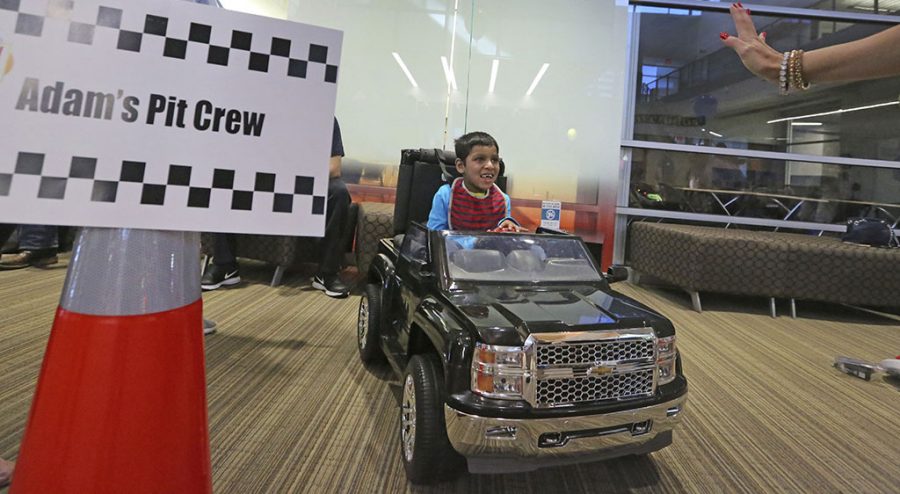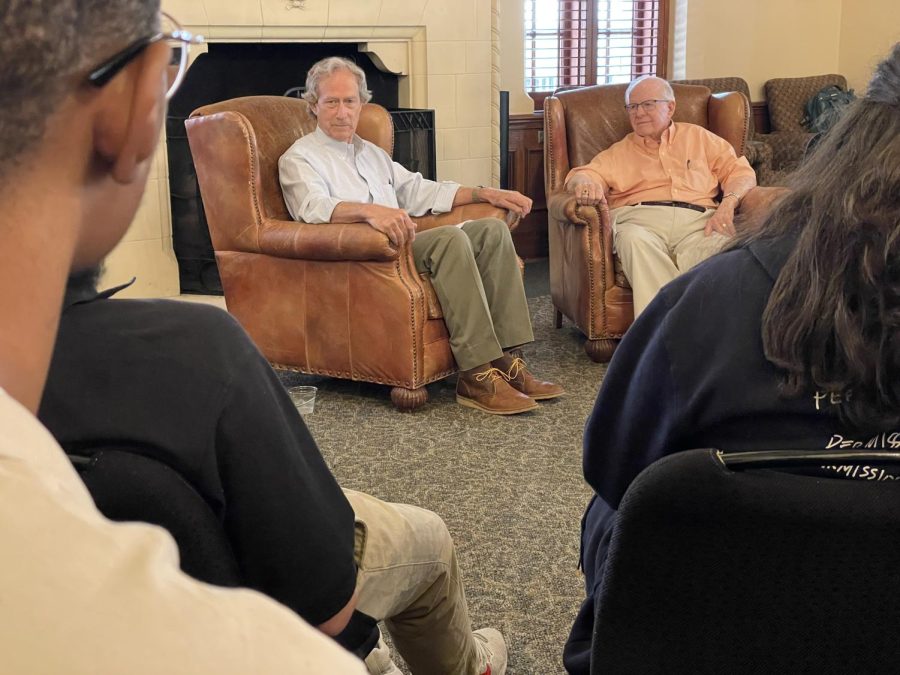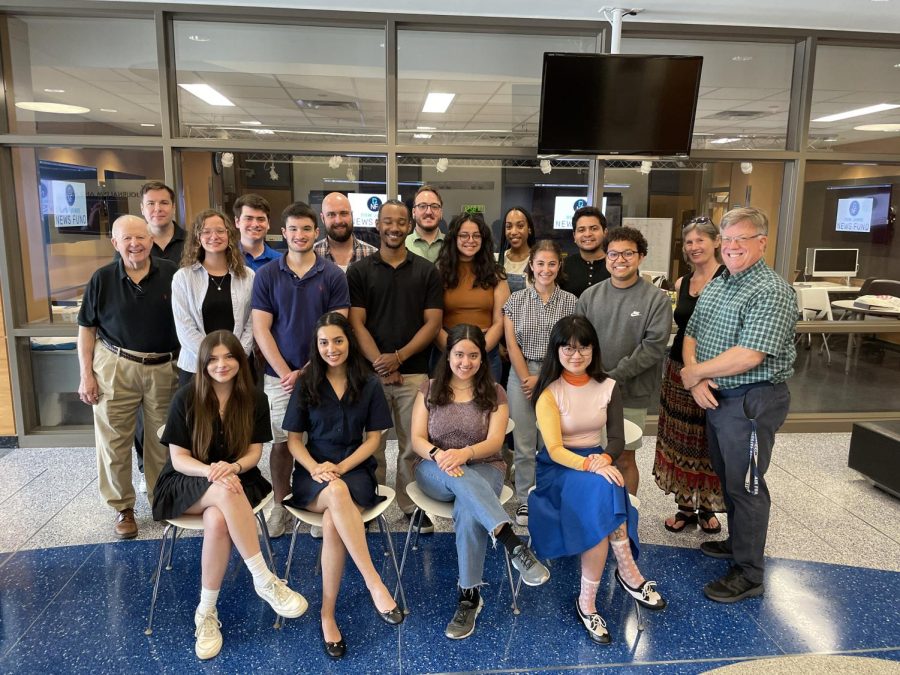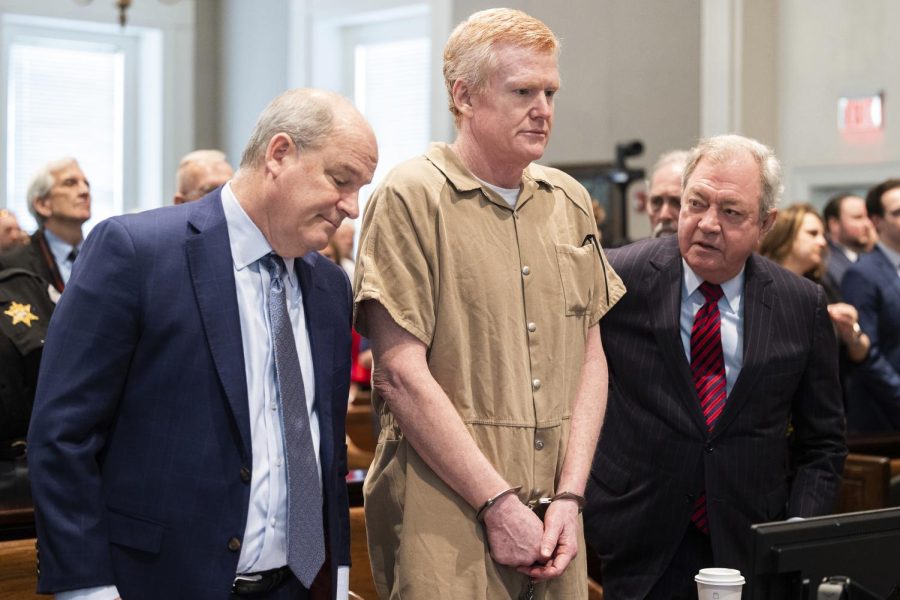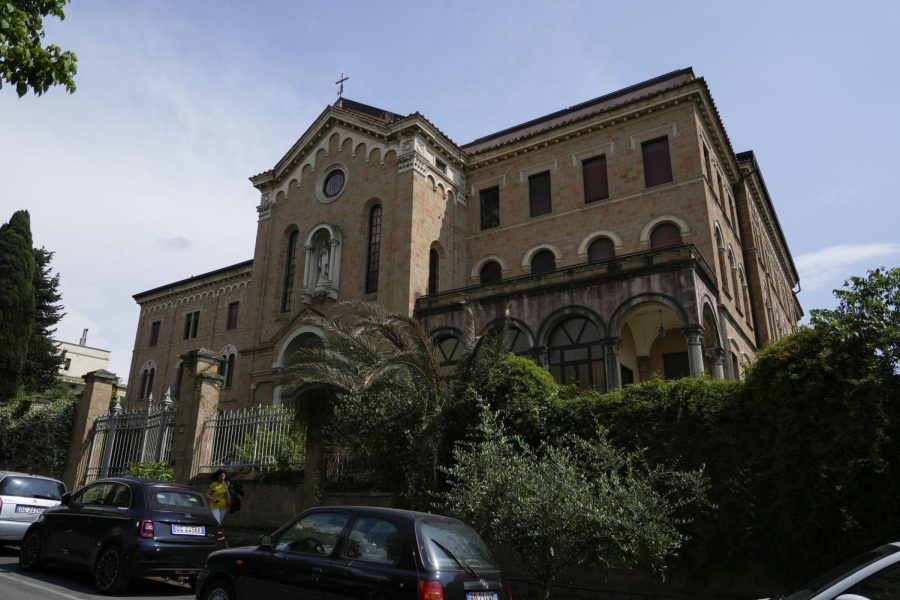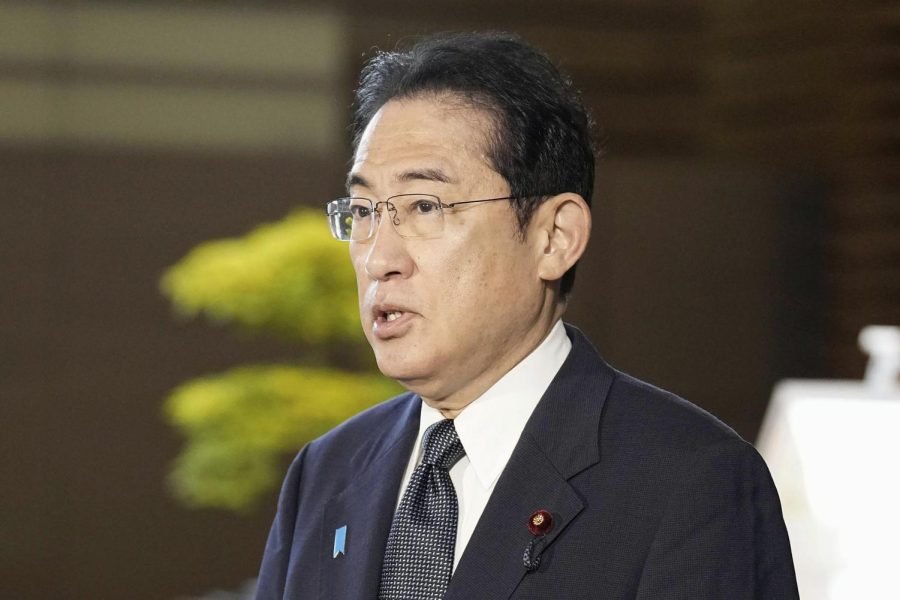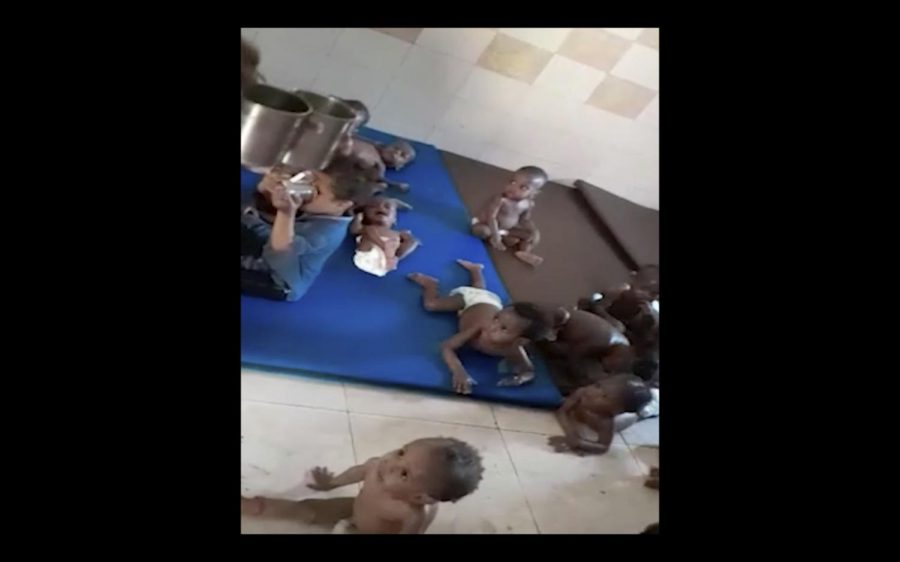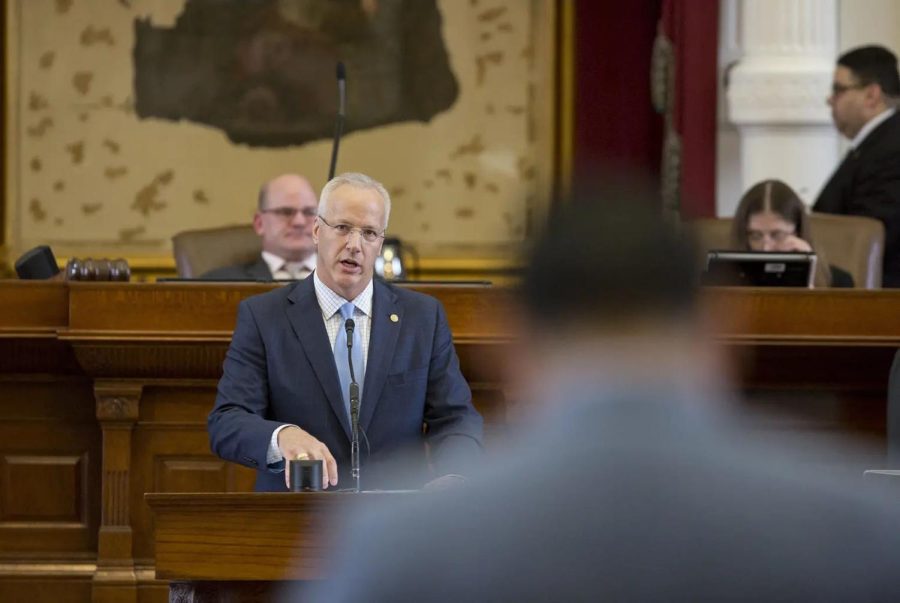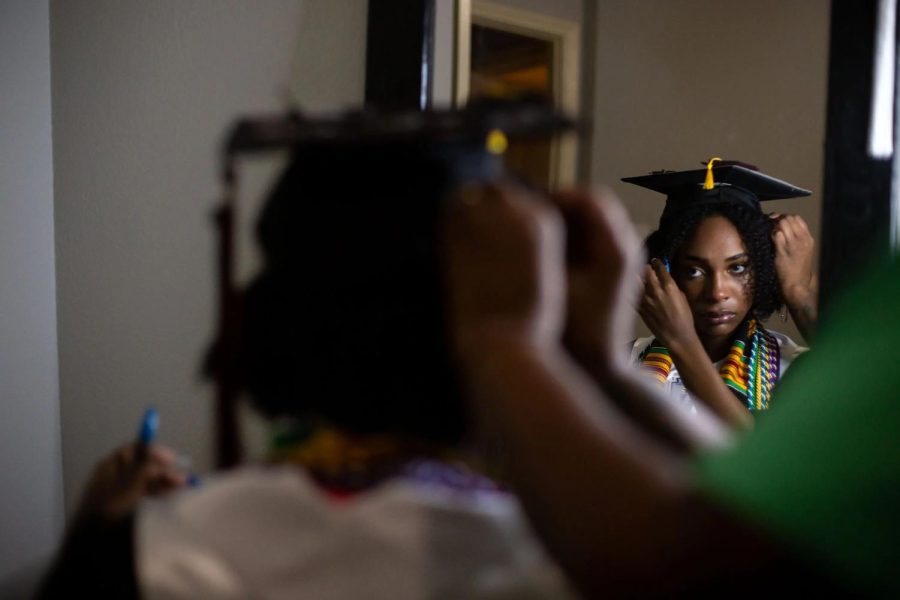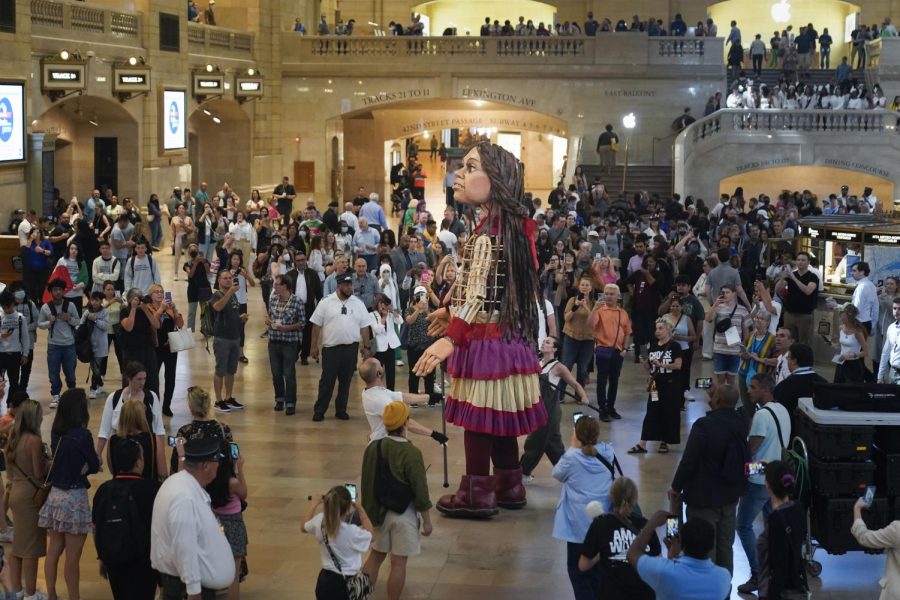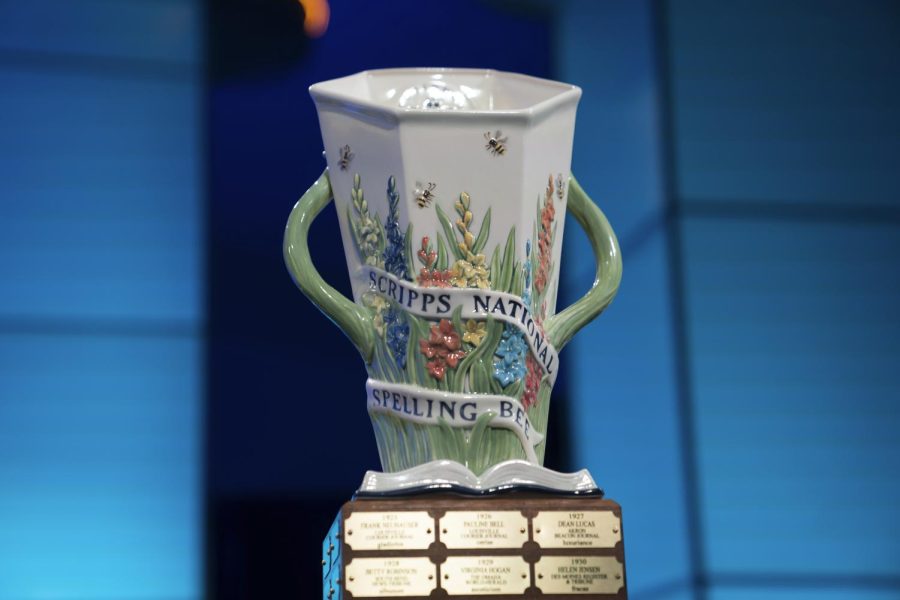VALERIE WIGGLESWORTH
The Dallas Morning News
FRISCO, Texas — Twelve students with severe disabilities took a test drive in shiny new “cars” complete with personal pit crews.
The young drivers came for the fun, but their parents and teachers know these motorized ride-on toy vehicles serve a more practical purpose. They give students the mobility to explore the world around them at the touch of a button.
The toy cars also spark greater cognitive gains and can help students qualify for a motorized wheelchair at an earlier age.
“Pure joy,” Meggan Jackson said of her daughter’s freedom to motor across the room in her mini Volkswagen bus.
Jackson’s daughter was among the students at the Early Childhood School chosen for this unique effort in the Frisco Independent School District.
It was inspired by the University of Delaware’s GoBabyGo program. The research lab developed the basics for modifying ride-on cars, then shared its manual online. Frisco ISD’s test run last year with one student was a success.
“We just knew we had to make this bigger,” said Lindsay Brittain, a teacher with the active learning class preschool program for children with disabilities.
She and physical therapist Jennifer Cox received a $1,300 grant through the Frisco Education Foundation to buy three vehicles. Further efforts raised another $5,000 through the Frisco Sunrise Rotary Club to purchase eight more vehicles.
Increasing mobility is key for these students, Brittain said. “We know that when they play a part in that mobility that they then have that desire to move,” she said.
The vehicles also boost social interactions.
“Our kids are a little bit hard to play with,” Brittain said, noting many of the children are nonverbal. “This way kids can come and actually interact with them because they have a really cool medium to play through.”
Teachers Travis Volk and Ken Strong enlisted their second-year engineering students at Frisco ISD’s Career and Technical Education Center to retrofit the cars.
The students removed the foot pedal and reconfigured the wiring to replace it with a power button. Most buttons are on the steering wheel. A few are strategically placed elsewhere — off to one side, behind the head — to play to a child’s strength.
Engineering students also added a kill switch for parents, harnesses, seat belts, safety rails and other features, depending on each student’s needs. They used 3D printers to create the parts they needed.
It wasn’t difficult to get the students to pitch in whenever they finished their classwork early,” Volk said. “They saw the true meaning behind what they were doing.”
The reward came on a recent Wednesday night. Engineering students met with families of the youngsters at the CTE Center to explain each vehicle’s features. The kids then got to test-drive them before taking the toy vehicles home. Once their child outgrows the car, families will return it to the district so it can be given to another child.
Fellow 10th-grader Colin Burden remembers the thrill he had years ago when he got his own ride-on toy Jeep. He volunteered to do the wiring for several of the modified toy cars.
“I knew this was going to make some kid happy,” he said.
Did it ever.


